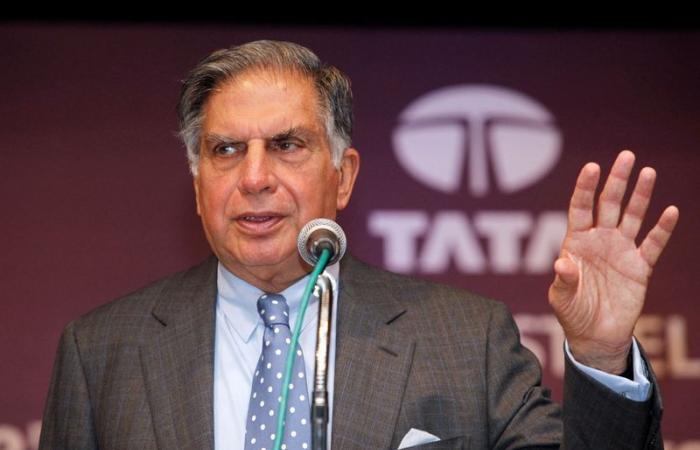We had to wait for Forbes magazine to elect him businessman of the year 2005 to get to know Ratan Tata a little better. The man who cultivates exemplary discretion is at the head of the Tata Group, a conglomerate of around a hundred subsidiaries whose flagships are Tata Steel, the world’s fourth largest steel company, Tata Motors and Tata Telecoms.
A young graduate from Cornell University – New York, Ratan declined an offer from IBM to join the Tata group. He made his mark in the steel branch of the group until 1971 when he was appointed director of National Radio & Electronics Company Limited (Nelco), one of the companies of the Tata group. The company is experiencing great difficulties. He then bet on cutting-edge technology which will gradually replace electronic products intended for the general public. In four years, Nelco’s market shares jumped from 2 to 20% but this success was short-lived.
In 1975 Indira Gandhi was Prime Minister, recession hit the country, business was no longer booming and social unrest paralyzed Nelco’s production. The crisis will be such that Nelco is forced to close.
In 1977 Ratan was in charge of the group’s textile factory but the latter still using mills was struggling to exist in the face of the large companies emerging in the country. Ratan wants to start a modernization movement but the group refuses him financial support. In 1985, the factory closed. The mishap will leave a painful memory for Ratan Tata.
In 1986, he was appointed chairman of Tata Industries, one of the group’s subsidiaries, before becoming Chairman and Managing Director of the Tata Group in 1991. Man finally has the means to fulfill his ambitions. He is launching a very large-scale restructuring operation to outline seven areas of activity for the group. The veterans are invited to make way for the young guard who is convinced that the future lies in cutting-edge technologies.
In 2000, Tata bought Tetley Tea, the English tea manufacturer, which marked the beginning of the construction of the Tata empire.
In 2007, Tata acquired the Anglo-Dutch group Corus – formerly British Steel – a steel and aluminum specialist for $2.6 billion, establishing its group in fourth place in the world among steel producers.
In March 2008, Tata competed with the largest automobile groups thanks to the acquisition of two legendary brands, Jaguar and Land Rover for 2.3 billion dollars and became the new boss of 16,000 British employees. At the end of 2008, the crisis in the automobile sector caused manufacturers’ profits to fall by almost 30%. Tata then decided to appeal to the Brown government to save Tata Motors, asking for aid of one billion dollars.
Tata Group today has 98 subsidiaries, 300,000 employees and 3.2% of Indian GDP.
In June 2011, the market capitalization of Tata Group reached 4,320 billion rupees, or 67 billion euros, snatching the title of first Indian company from Reliance Industrie, Mukesh Ambani’s conglomerate.
View full profile






